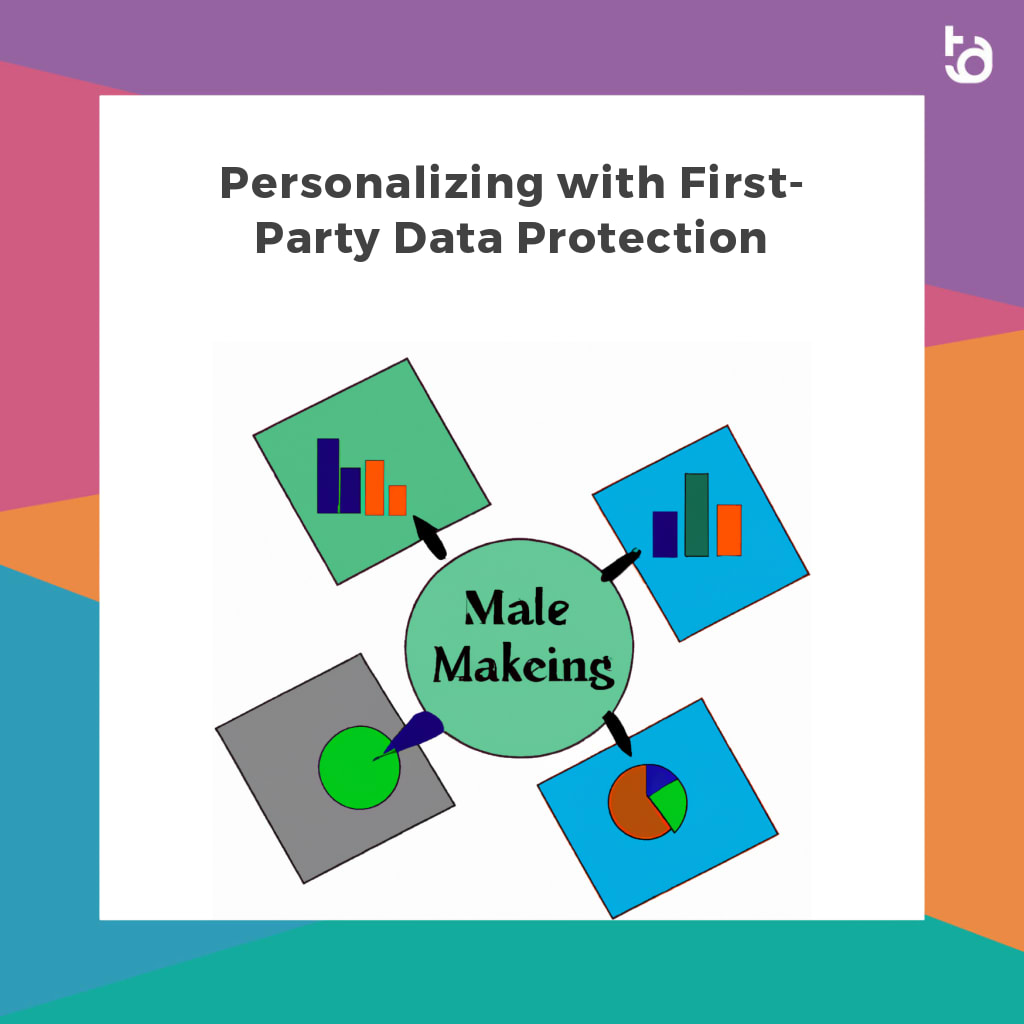Introduction
With constant advancements in technology, companies are striving to deliver a more personalized experience to their customers. But how do you do this while still maintaining a high level of privacy and an uncompromised customer experience? This is where first-party data comes in.
First-party data is data that is collected directly from the customer through various methods such as email sign-up forms, surveys, and other methods. This type of data provides a secure and private way for companies to collect information about their customers and deliver a more personalized user experience. In this article, we will explore the balance between privacy and personalization using first-party data.
The Benefits of First-Party Data
There are several advantages to using first-party data when it comes to maintaining a level of privacy and still providing a personalized user experience. Here are a few of them:
• Increased Accuracy: First-party data is collected directly from the customer, making it more accurate than third-party data. This data can provide more targeted and valuable insights into the customer’s wants, needs, and preferences.
• Higher Security: As first-party data is collected directly from the customer, it has a higher level of security as the data is not being passed through multiple parties. In addition, customers can easily opt-out of data collection at any time.
• Increased Trust: Customers are more likely to trust a company when they know that their data is being collected in a secure and private manner.
• Improved Personalization: First-party data provides a more in-depth look into the customer’s wants, needs, and preferences, allowing companies to better tailor their products, services, and content to meet their customers’ needs.
• More Targeted Results: Companies can use first-party data to deliver more targeted messaging, content, and services to their customers.
The Challenges of First-Party Data
While there are many benefits to using first-party data, there are also some challenges that need to be taken into consideration.
• Cost: Collecting and analyzing first-party data can be expensive. Companies may need to invest in additional tools and resources to do this.
• Time: Collecting and analyzing first-party data is a time consuming process. Companies may need to dedicate additional resources to this process.
• Privacy: While first-party data can provide a more secure and private way of collecting data, companies still need to be mindful of customer privacy. This can be achieved by having detailed privacy policies and opting-in protocols in place.
• Compliance: Companies must ensure that they remain compliant with any applicable data protection laws and regulations.
Conclusion
Using first-party data can help companies find the balance between privacy and personalization. By using first-party data, companies can provide a more personalised user experience while still maintaining a high level of privacy. However, it is important to note that there are some challenges that need to be taken into consideration when using first-party data. Companies must ensure that they are compliant with any applicable data protection laws and regulations and also ensure that their customers’ data is being collected in a secure and private manner.







